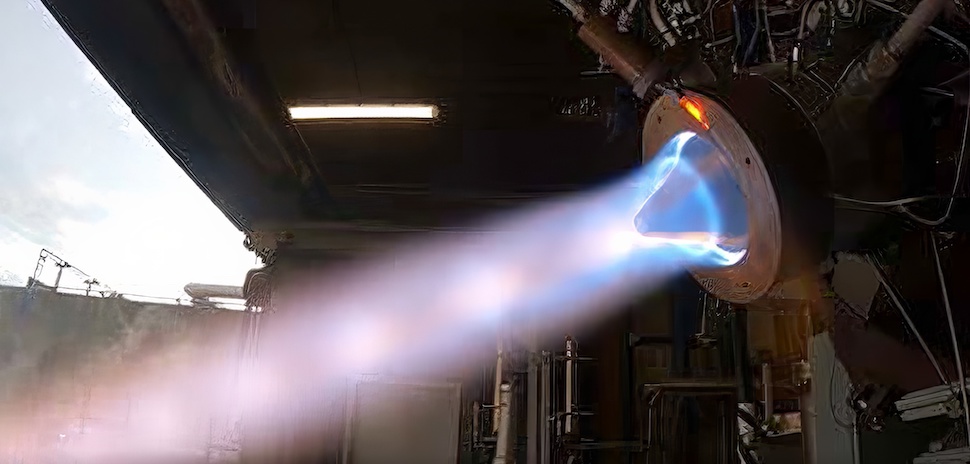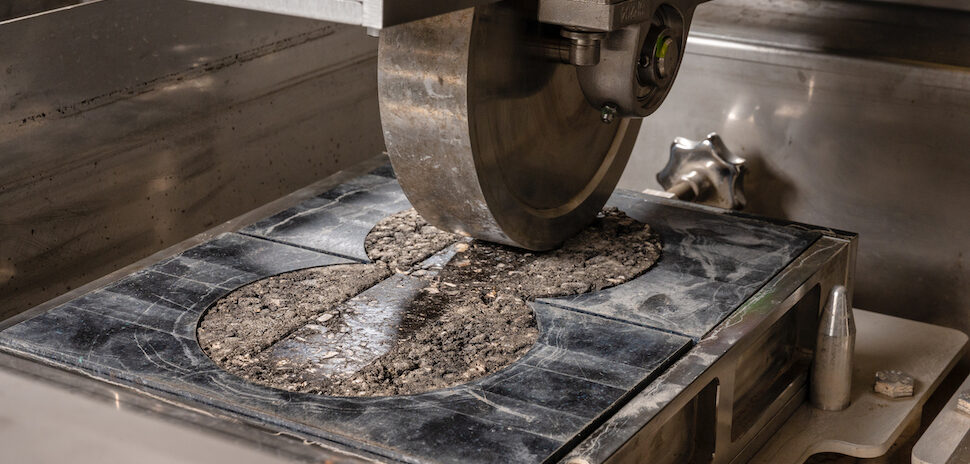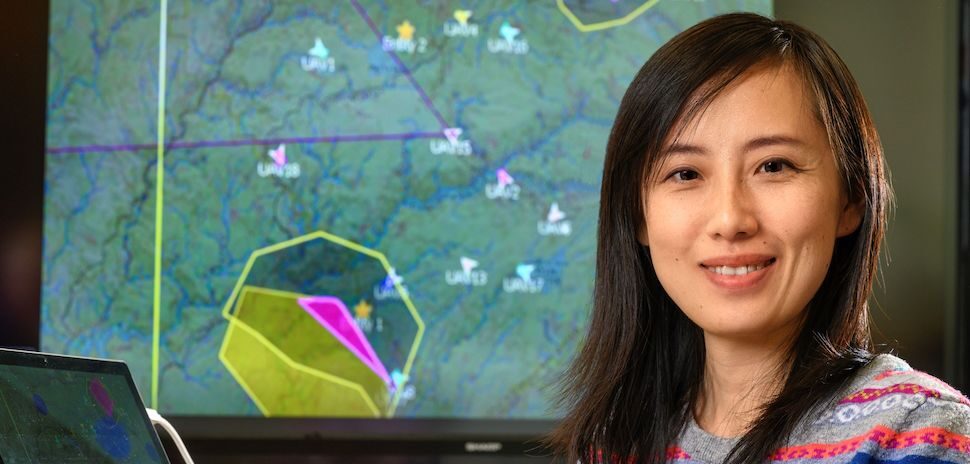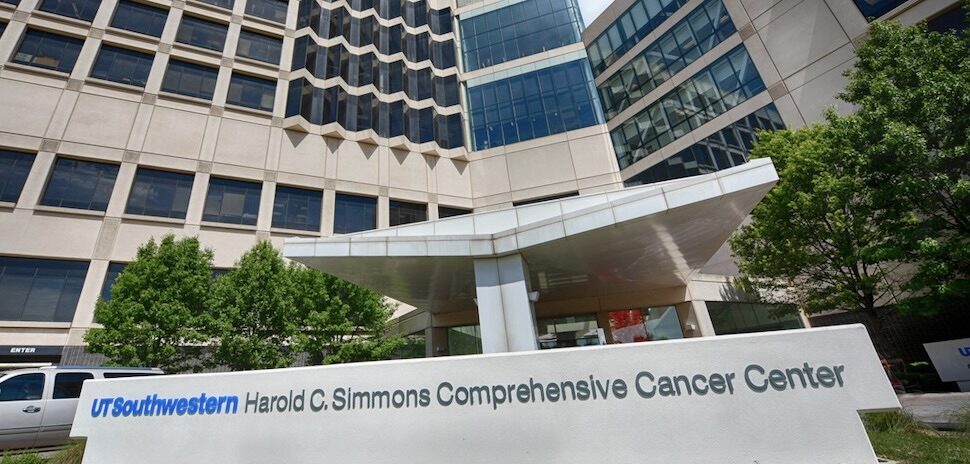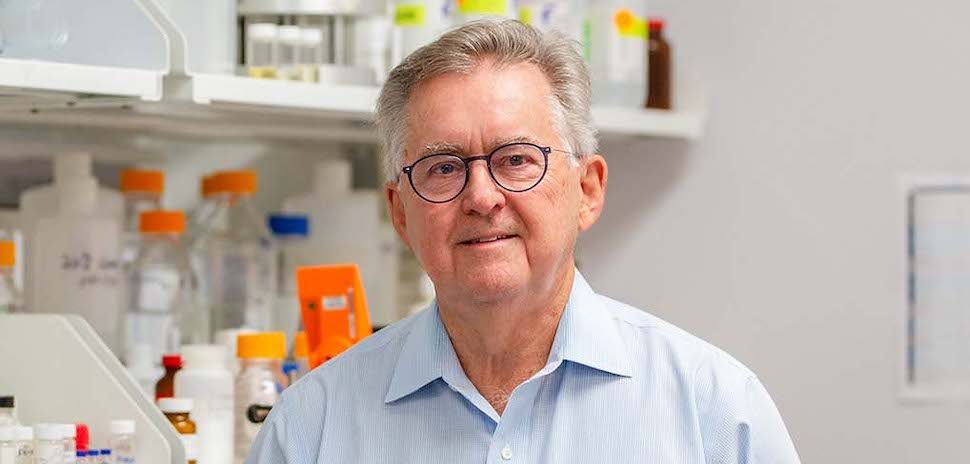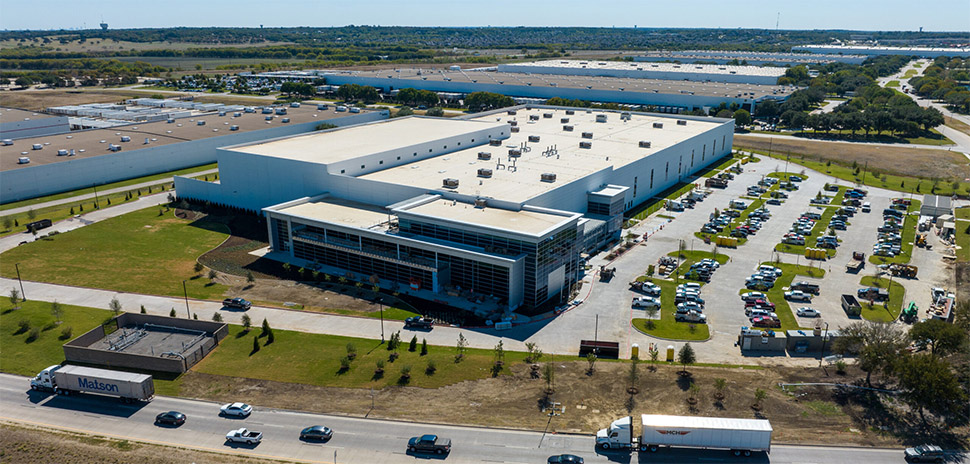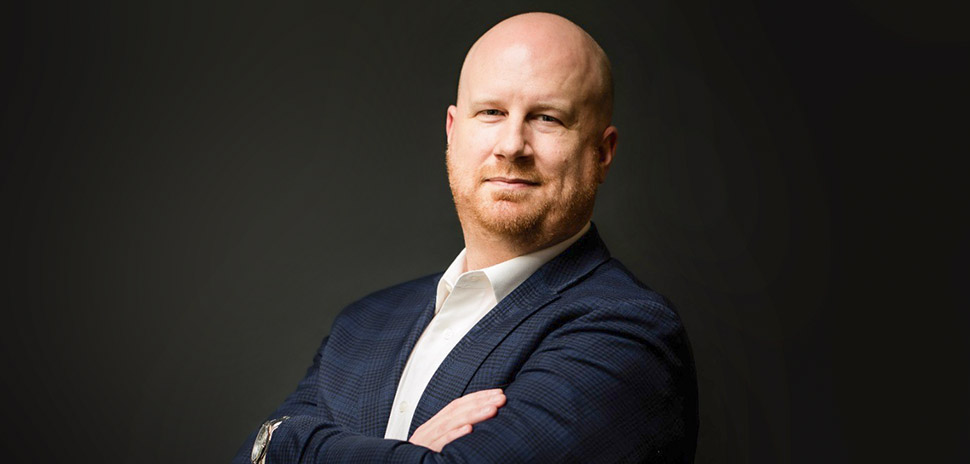For generations, rockets have propelled payloads and people deep into space. But a next-generation version called “rotating detonation rocket engines” are turning up new possibilities—with the potential to make in-space propulsion more efficient, compact, and powerful.
Now a team of researchers at UT Arlington has been awarded $900,000 by NASA to help move that technology forward. The grant is part of NASA MUREP Space Technology Artemis Research (M-STAR), supporting NASA’s Space Technology Mission Directorate by fostering and increasing minority-serving institutions’ participation in research and tech development concepts that align with the agency’s needs for upcoming Artemis missions to the moon. NASA chose nine institutions for the project, awarding a total of more than $8 million.
Liwei Zhang, assistant professor in UTA’s Department of Mechanical and Aerospace Engineering, is leading the project at UTA.
Detonation waves spin ‘at supersonic speeds’
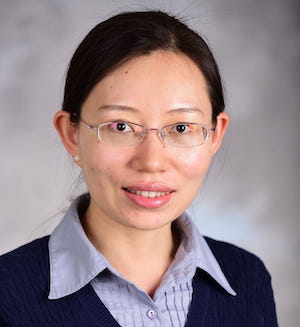
UTA’s Liwei Zhang
“Detonation is very fast combustion,” Zhang explained in a statement. “Inside an RDRE, detonation waves spin around in a circle at supersonic speeds. Compared to conventional engines that rely on regular combustion, an RDRE has a theoretically higher efficiency, and can be made smaller and more compact.”
Zhang says her team will focus on the component level of the technology—evaluating injectors, combustors, and nozzles.
“We will also study system-level configurations for testing,” she added. “It’s a collaborative effort among theoretical analyses, computational simulations, and experimental measurements to assess and improve the performance of this type of engine.”
Zhang said the goal is to develop more efficient propulsion systems for space travel—and to ultimate use it to send people to explore the moon and beyond.
“NASA is addressing the call from the National Space Exploration Campaign through the Artemis Program, using new technology to study the Moon in better ways and to prepare for future missions,” she said.
Testing will take place at UTA’s Aerodynamics Research Center
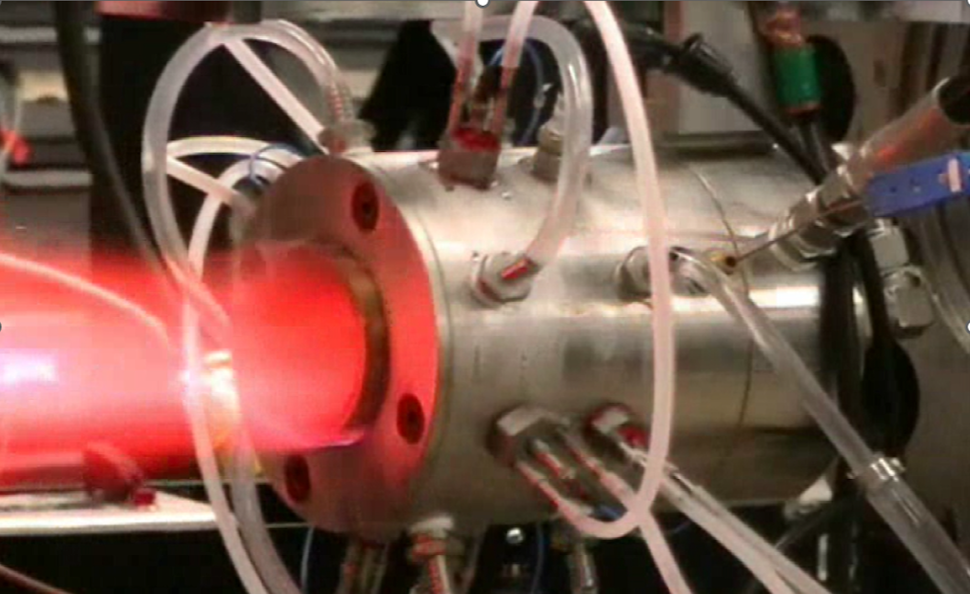
One of UTA’s rotating detonation rocket engines, nicknamed “Skittle.” [Photo: UTA]
Co-investigators on the project are Frank Lu, professor in MAE at UT Arlington, and Grace Brannon and Monica Mengqi Zhan, assistant professors in the university’s department of communication.
In a statement, Lu said he’s “glad to be recognized by NASA for our expertise in rotating detonation engines that can play a role in this game-changing technology.”
“Frank played a pivotal role in securing this grant through his expertise in detonation engines,” Zhang noted. “He and our late, beloved Don Wilson [another professor in UTA’s MAE] started the Aerodynamics Research Center on campus 37 years ago. Since then, they’ve led many exciting studies on detonation engines. All testing for our M-STAR project will take place at the ARC.”
K-16 educational outreach component
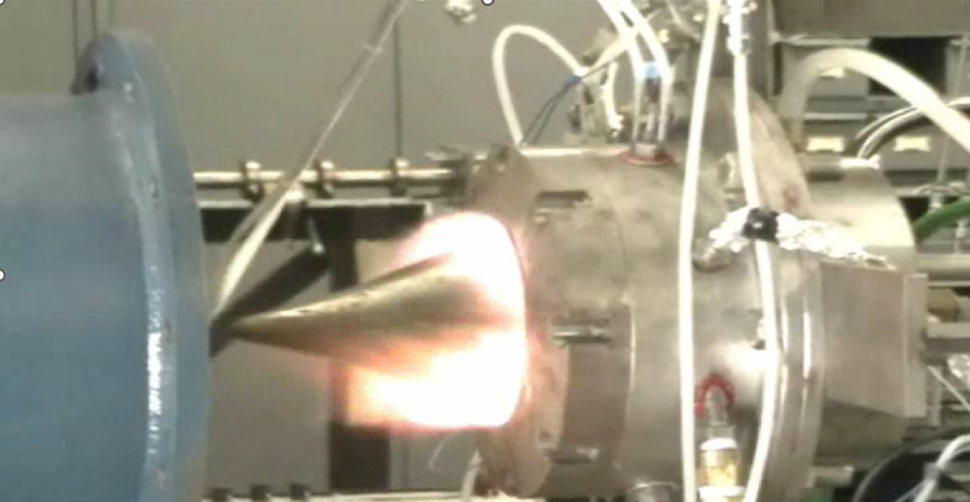
One of UTA’s rotating detonation rocket engines, nicknamed “Hershey.” [Photo: UTA]
In addition to the rocket tech research, educational goals are also part of the project. It will include a component of K-16 education for underrepresented communities of students, UTA said.
“We want to recruit and retain them, and empower them to establish careers in space,” Zhang said. “We want younger people to understand that there are ways for them to enter this track. If you have an interest, follow your heart. Many people think of space education as an elite type of study. They’ve been discouraged. It’s not just a technical obstacle but a mental one, too.”
Zhang speaks from experience, UTA noted in a statement: “As a girl growing up in a small town in central China, she was subtly told that her interests in math and sciences were misplaced. While in college and graduate school, many times, she was the only female in her study group or classroom. She believes some parts of the education may be changed to include students from different identity groups,” the university stated.
Zhang said her communication colleagues plan to create “rich activities” to encourage recruitment, retention, and lifetime engagement of students from different backgrounds in space technology.
“How we communicate educational goals early on in the K-16 education system can have a huge impact on students’ self-efficacy and even educational attainment,” added Brannon, a first-generation college student herself.
Walt Engelund, deputy associate administrator for programs in NASA’s Space Technology Mission Directorate, lauded the efforts of UTA and the other eight institutions taking part in the $8 million project.
“When we return humans to the Moon, it will be thanks to the creativity and dedication of researchers across the nation,” Engelund said. “We’re proud to partner with the Office of STEM Engagement to foster the future of technology development and create opportunities for these institutions to contribute to NASA’s Artemis missions.”
![]()
Get on the list.
Dallas Innovates, every day.
Sign up to keep your eye on what’s new and next in Dallas-Fort Worth, every day.










